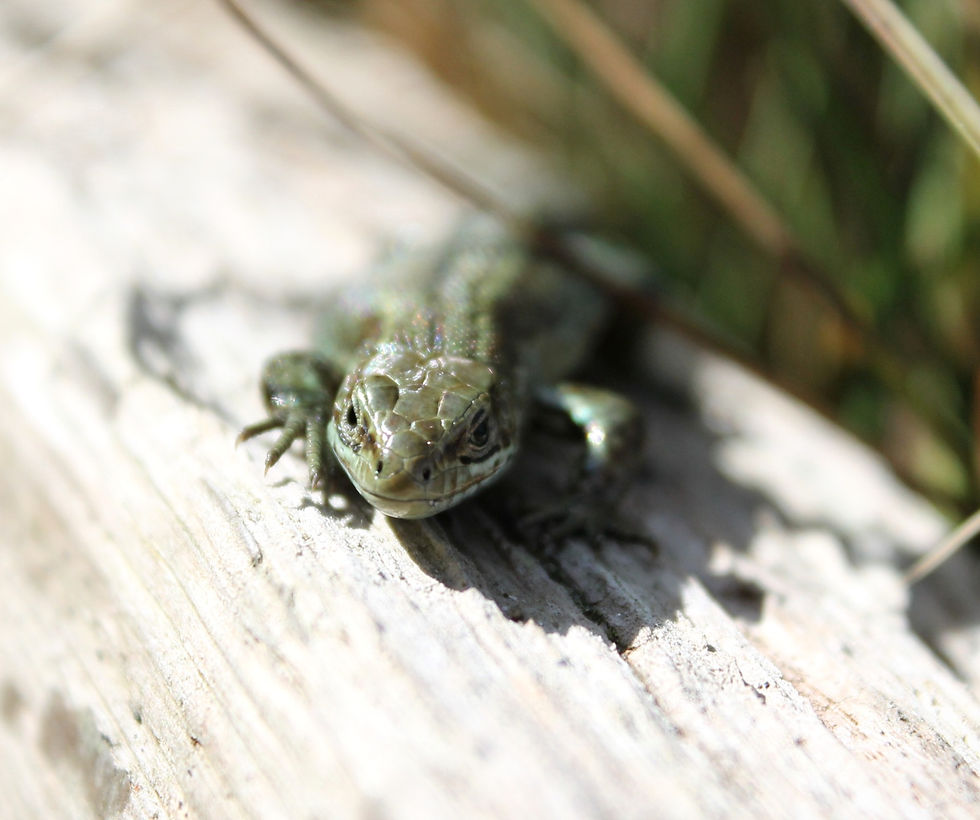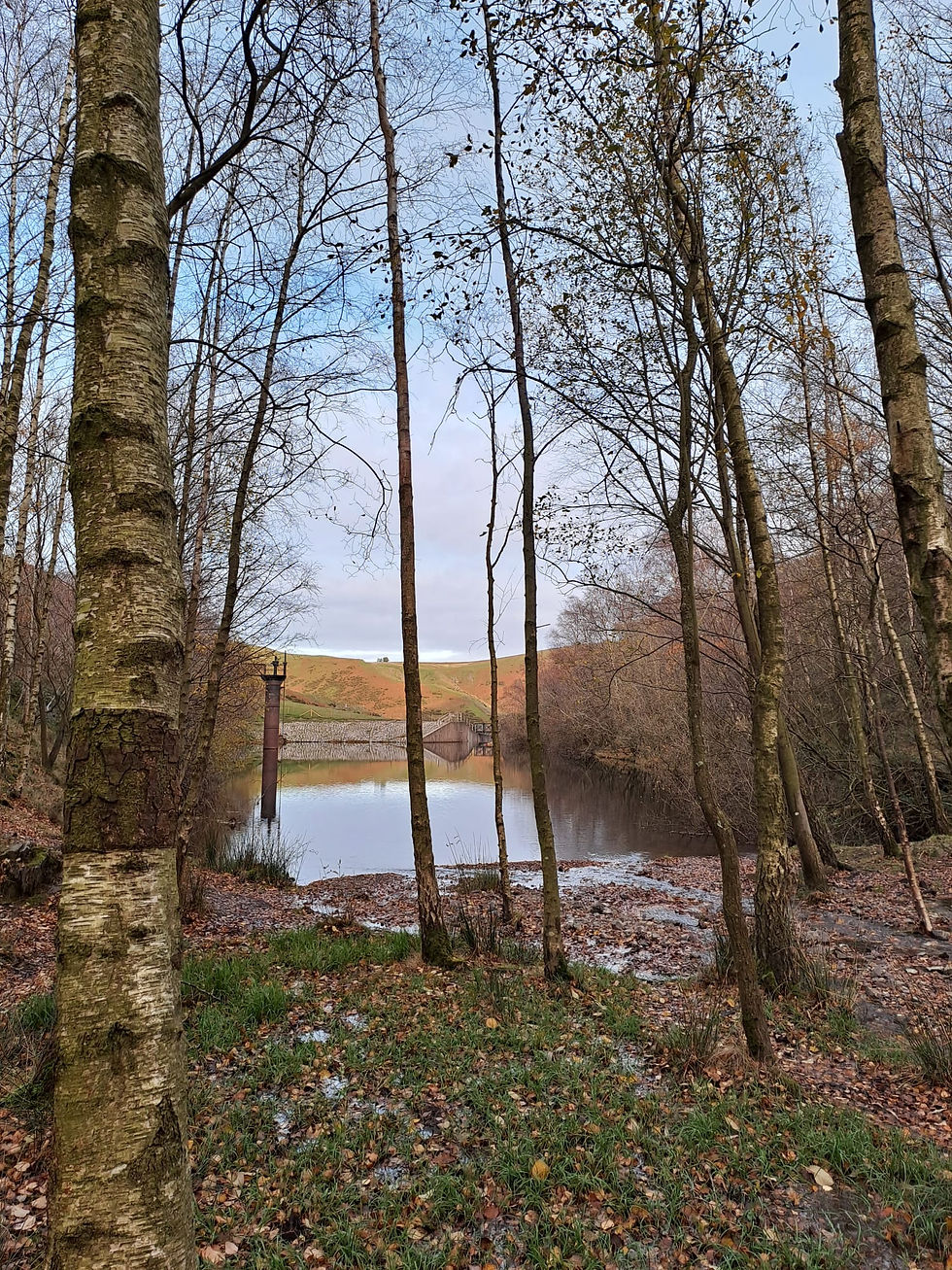Are Some Animals More Equal Than Others?
- Julianne Pickard
- Dec 10, 2023
- 5 min read
Updated: Dec 20, 2023
Most people consider themselves to be 'animal lovers'. Perhaps they have a dog or enjoy watching garden birds. Some enjoy visiting exotic animals at the zoo and others find pleasure in feeding ducks at the local park. A survey by the RSPCA on 4000 UK adults found that 69% consider themselves to be 'animal lovers'. However, does this extend to all animals? Do we as humans consider all species to be equally lovable, or even equally important?

It is difficult for us to consider all animals to be 'lovable' due to the two main paths in our history from which attitudes have derived. The first is described as the "evolutionary approach" where, as humans evolved, reactions towards species were built into us genetically through emotions such as fear or disgust. This has been hypothesised to cause innate responses in us to avoid dangerous species and aid survival. However, attitudes towards species have also evolved through cultural beliefs and experiences. In this context, cultural reactions are thought to be on two levels: the individual level, describing the emotions and beliefs that derive from personal experiences, and the social level, where experiences and myths are retained throughout generations. Whilst innate responses may have some basis of truth from the experiences of our ancestors, the derivation of cultural attitudes often have limited truth in them and can be driven by misinformation and hysteria.
In light of my previous discussion on the portrayal of sharks in the news, there are a number of species at a significant disadvantage due to cultural attitudes and their representation in history, culture and media. This can lead to preferences from conservationists, organisations and the general public, resulting in a small minority of species receiving a disproportionate amount of funding and research. Furthermore, when considering the ecological significance of these species, some less valued animals have significant benefits for humans and ecosystems. Yet negative attitudes are damaging conservation, showing how misguided our opinions can be.
An article on the world's most despised species has listed the top 10 most despised vertebrates to be sharks, frogs and toads, snakes, vultures, feral pigeons, bats, house mice, hyenas, rats and skunks, whilst many invertebrates are not particularly favoured. Many of these are in decline, despite the benefits they bring to humans and the ecosystem services they provide. In this post I will be reviewing just a few examples, and the consequences of our opinions on their conservation.

Throughout media and history, bats have been associated with evil, horror and vampires due to their elusive and nocturnal behaviour. When the outbreak of Covid-19 linked bats to spread of the pandemic, social attitudes were worsened by misinfomation surrounding the disease. This led to devastating consequences for bat conservation. An online survey found that 84% of participants misunderstood the relationship between bats and Covid-19, leading to increased negative attitudes. This impacted bat populations as they were culled in an attempt to control the spread of disease, despite this increasing the risk of infection. Yet, regardless of the hate and fear projected towards these mammals, bats continue to provide beneficial services to humans. The most significant of these is pest regulation through predation, aiding agricultural practices, whilst many bat species are seed dispersers and pollinators, contributing to ecosystem functioning. Perhaps the most surprising statistic is that this group of elusive mammals comprise of a quarter of all mammal species, yet, as is usually the case with disliked animals, they are not given the proportionate media coverage or conservation funding.
Similarly, vultures provide a number of services to humans by removing carcasses and organic matter. This regulates the spread of disease, controls populations of scavenger pest species and prevents greenhouse gas emissions that would otherwise be released via artificial carcass removal. Furthermore, they are a great source of eco-tourism in several regions and the loss of vultures would have severe economic consequences. Nevertheless, this group of species have been negatively branded throughout literature in the past and by 'fake news' today. Complaints of vultures attacking livestock have reached large audiences, fuelled by the preconceptions that they are vicious murdering creatures. However, studies on these "vulture attacks" have found that in 95% of reports there was no shepherd witness to confirm the attack. The majority of these incidents (67%) occured after the animal had died, and in 18% of cases the animal was close to death when the vulture arrived. This misunderstanding of vulture behaviour has led to biased and misinformed information turning viral, aggravating the issue and leading to many farmers poisoning an already threatened species. If human-wildlife conflict such as this is to be reduced, knowledge of species behaviour and ecological significance must replace the false news stories.

Having discussed two vertebrate species threatened by unfavourable attitudes, it is important to remember that when we refer to animals, this includes all species, even those which demand less attention. The amount of support for conserving vertebrate species compared to invertebrates is extremely disproportionate to the number of species within these groups. The investment per species is 468 times higher for vertebrates than invertebrates, and has been shown to be based on popularity over extinction risk or ecological significance. Online popularity is the biggest driver, with species charisma and exposure in the media being the main reasons. The lack of media coverage on invertebrates has lead to this disproportionate lack of conservation attention and, in the case of insects, is very damaging. Globally, almost twice as many insect species than vertebrates have declined in the last decade, yet they are still not receiving anywhere near as much attention, despite their significant roles in ecosystems. Insects are keystone species, forming the basis of complex food webs and providing services such as pollination, biological pest control and bio-indication of ecosystem health. Their crucial role in agriculture renders insects vital for human survival and food security, yet we appear to be allowing their physical appearance to skew our opinion. Does this not seem a little shallow?
When put together, these examples show that there is significant bias in how we view and support animals. Through cultural perceptions of species throughout history and false news stories today, some animals seem to be condemned to be evil, vicious or ugly. Whilst the environment and natural world never needed human intervention, our time on Earth has had severe consequences for many species and ecosystems. Most species need intervention to reverse our damage, but who are we to decide which deserve the most attention based on personal preference? Surely, if we are to consider what is best for the planet, we should prioritise in a different way. The results of these studies indicate an underlying issue in our priorities, that all animals are not equal in our eyes.

All photography by Julianne Pickard



Comments